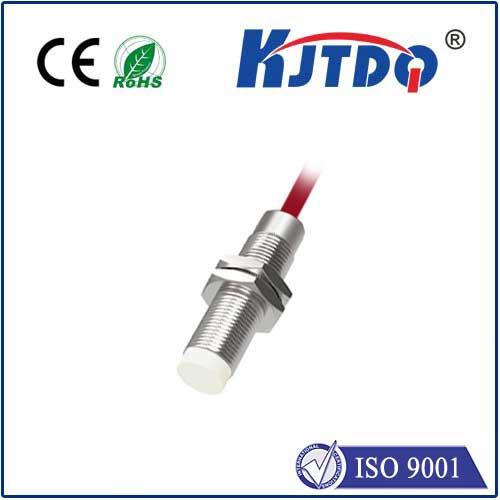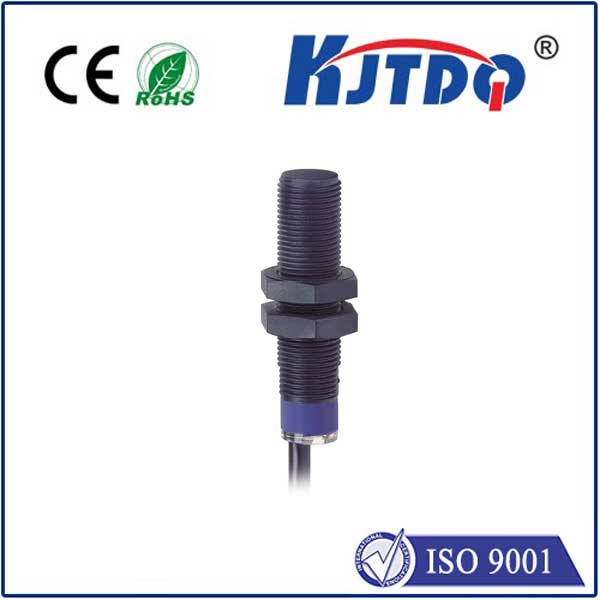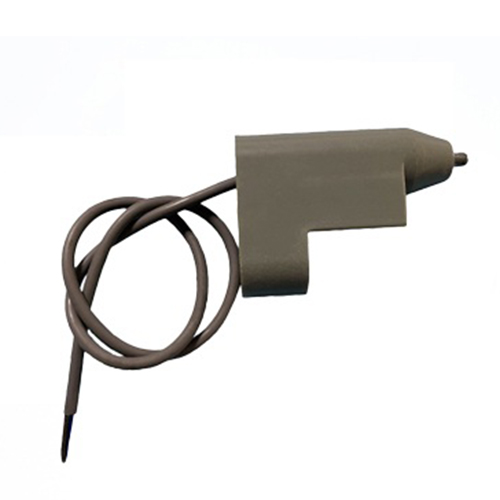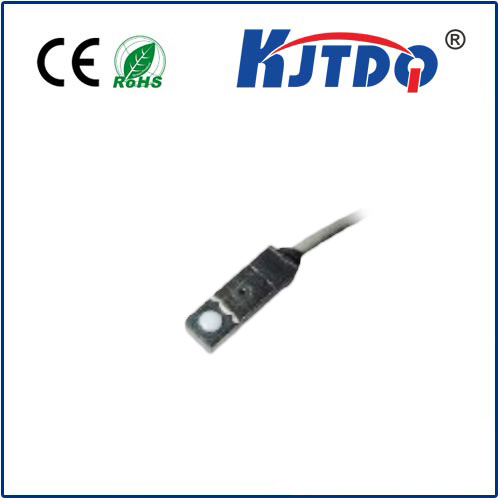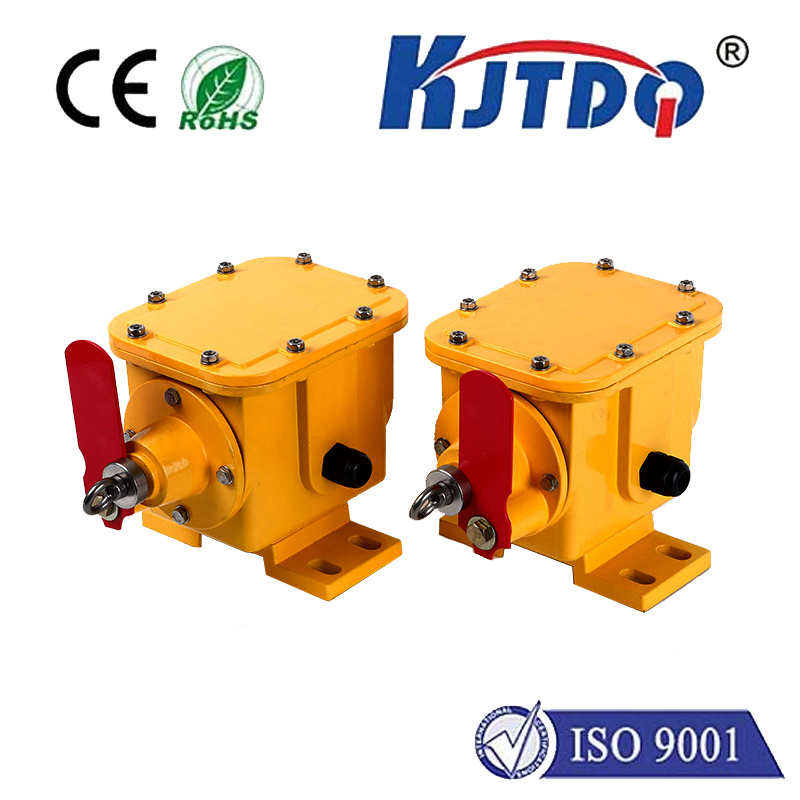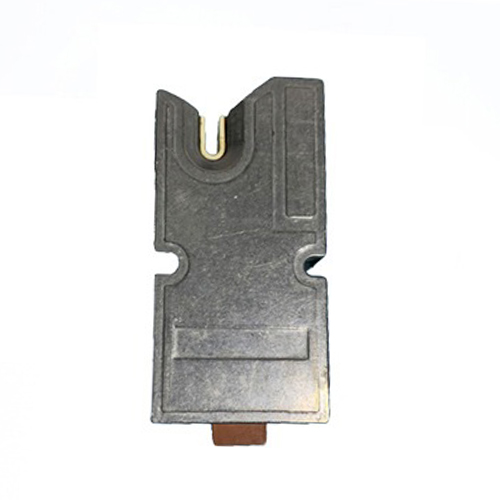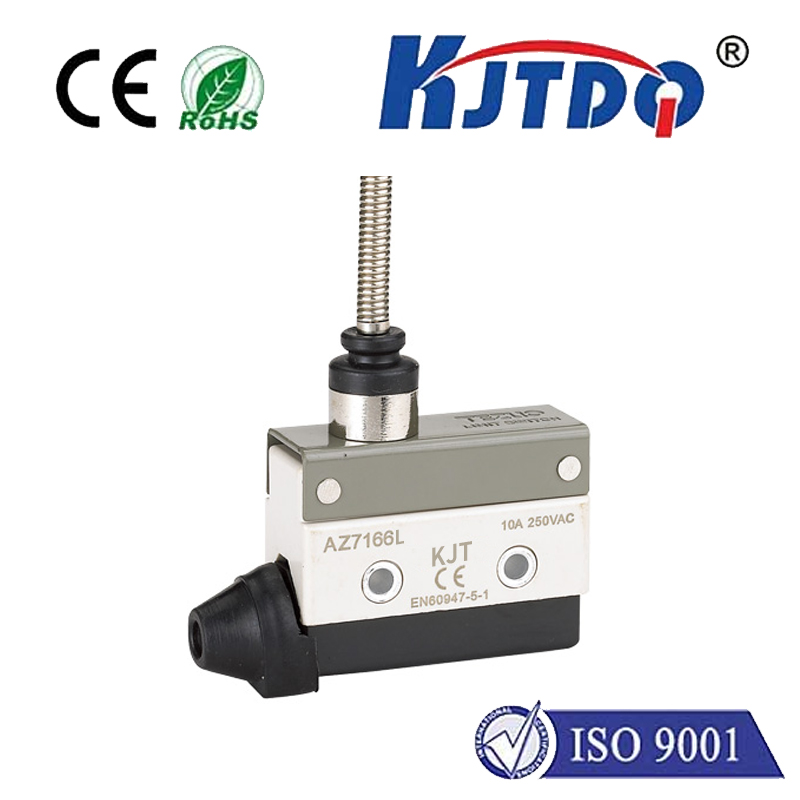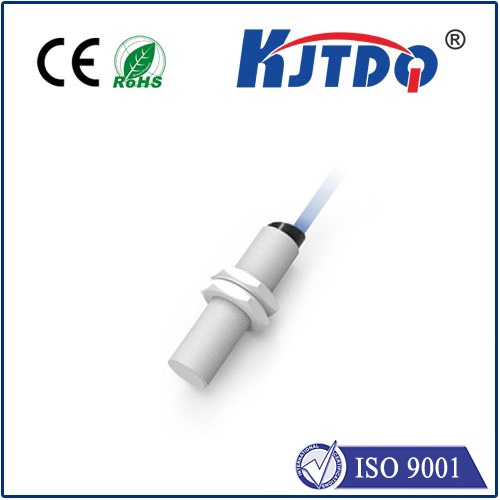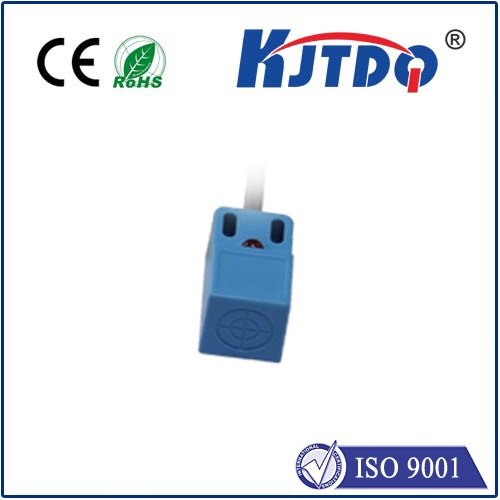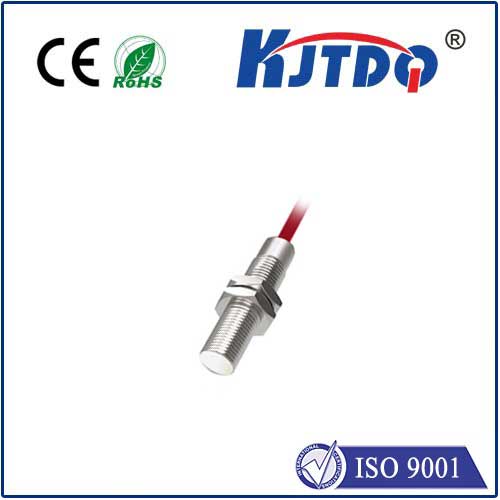

check

check

check

check

check

check

check

check

check

check
High Precision Laser Distance Sensor: The Future of Measurement Technology
Introduction
In today's world, precision is key. From manufacturing to construction, from autonomous vehicles to drones, accurate measurement has become an essential component for success. This is where high precision laser distance sensors come into play. They offer a level of accuracy that is unmatched by traditional measurement tools and are quickly becoming the go-to solution for industries looking to improve their processes.
What is a High Precision Laser Distance Sensor?

A high precision laser distance sensor uses a focused beam of light to measure distances with incredible accuracy. These sensors work by sending out a laser beam and measuring the time it takes for the reflected light to return to the sensor. By calculating the time difference between when the light was sent and when it returned, the sensor can determine the distance between itself and the object being measured. With accuracies up to ±1mm, these sensors are ideal for applications that require extremely precise measurements.
Applications of High Precision Laser Distance Sensors
High precision laser distance sensors have a wide range of applications across various industries. In manufacturing, they are used to ensure that parts are produced within tight tolerances. In construction, they are used for measuring building dimensions and ensuring structures are built to specifications. In robotics, they are used for navigation and obstacle detection. And in autonomous vehicles, they are used for collision avoidance and safe driving.
Advantages of High Precision Laser Distance Sensors
High precision laser distance sensors offer several advantages over traditional measurement tools. Firstly, they provide non-contact measurements, which eliminates any potential damage caused by physical contact with delicate or sensitive materials. Secondly, they offer real-time data acquisition, which allows for immediate adjustments and corrections during production processes. Finally, they are highly versatile and can be integrated into a variety of systems, from handheld devices to large-scale industrial machines.
Challenges and Considerations
While high precision laser distance sensors offer numerous benefits, there are some challenges and considerations to keep in mind. One major challenge is cost; these sensors can be expensive due to their advanced technology and manufacturing processes. Additionally, environmental factors such as temperature changes and humidity can affect the accuracy of the sensor's measurements. Therefore, proper calibration and maintenance are crucial for maintaining optimal performance.
Conclusion
High precision laser distance sensors represent the future of measurement technology. With their ability to provide incredibly accurate measurements in real-time, they are transforming industries worldwide. As this technology continues to evolve and become more accessible, we can expect even greater advancements in precision and accuracy in the years ahead.
